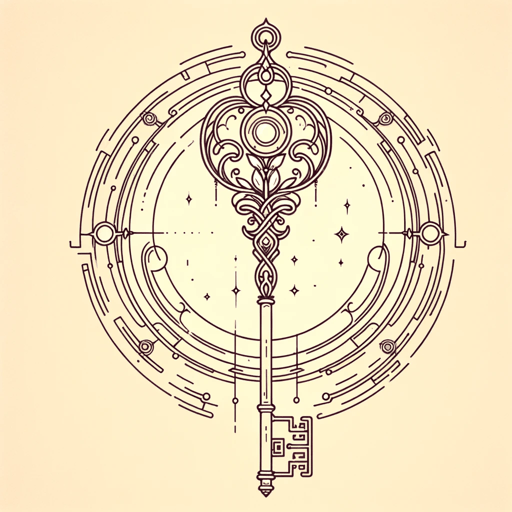47 pages • 1 hour read
Neil GaimanAnansi Boys
Fiction | Novel | Adult | Published in 2005A modern alternative to SparkNotes and CliffsNotes, SuperSummary offers high-quality Study Guides with detailed chapter summaries and analysis of major themes, characters, and more.
Background
Mythological Context: Trickster Archetypes
Anansi, the eponymous character in Gaiman’s novel, is a mythological figure from West African folklore (originally attributed to the Asante people from the region that now comprises Ghana and the Ivory Coast). Anansi was believed to be both trickster and teacher, known as the god or king of stories. Unlike many other gods from his pantheon, Anansi was prized for his cunning. Gaiman effectively explores this facet of Anansi’s character as the narration reveals what happened when storytelling moved from Tiger’s domain to Anansi’s: People started thinking their way out of problems instead of hacking their way out. Curiously, Anansi is popular culture’s most enduring figure of West African myth—a fitting legacy for the god of stories.
The novel makes several mentions of another mythological trickster figure, Brer Rabbit. The book’s narrator equates them to the same being. There is some truth to this, as West African immigrants brought their Anansi stories to America and retold many of them with a new protagonist. This illustrates an important truth of oral traditional storytelling: Though the names, shapes, and places of the trickster might change, the trickster archetype is universal. We see them recurring throughout cultures, taking the shape of Loki in Norse mythology, Hermes in Greek myth, Coyote and Raven in Indigenous American myths, Reynard the Fox in French folklore, Robin Hood in British folklore, and countless others.
Related Titles
By Neil Gaiman

American Gods
Neil Gaiman

Coraline
Neil Gaiman

Fortunately, the Milk
Neil Gaiman

Good Omens: The Nice and Accurate Prophecies of Agnes Nutter, Witch
Neil Gaiman, Terry Pratchett

How to Talk to Girls at Parties
Neil Gaiman

Neverwhere
Neil Gaiman

Norse Mythology
Neil Gaiman

October in the Chair
Neil Gaiman

Stardust
Neil Gaiman

The Graveyard Book
Neil Gaiman

The Ocean at the End of the Lane
Neil Gaiman

The Sandman Omnibus Vol. 1
Neil Gaiman

The Sleeper and the Spindle
Neil Gaiman

